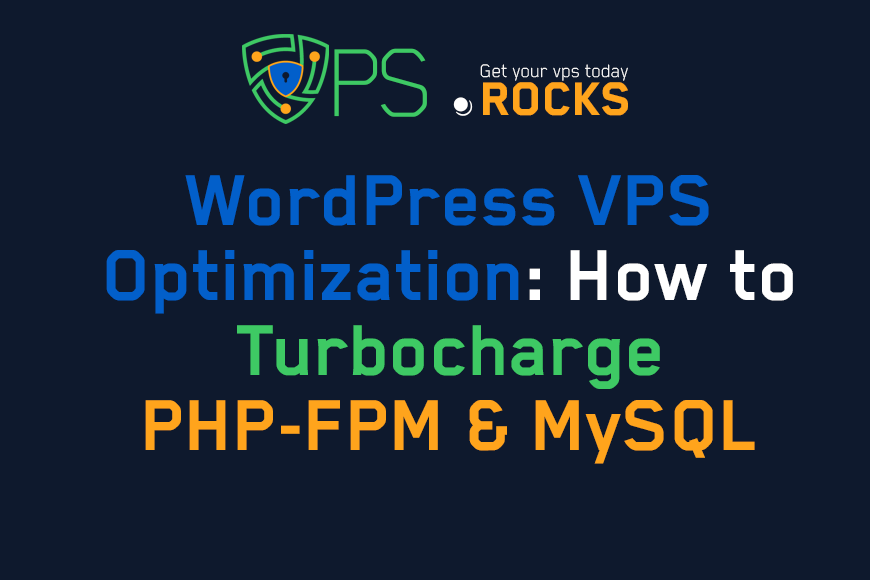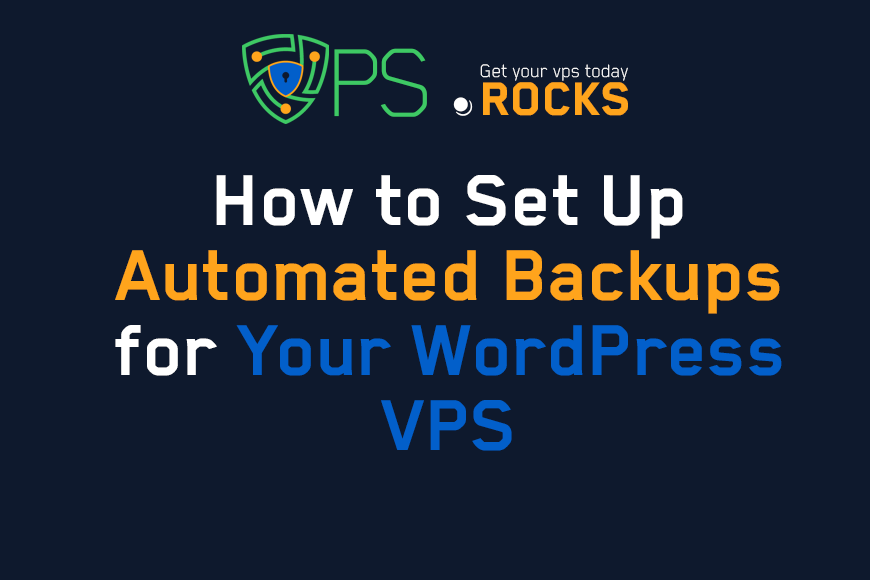
WordPress VPS Optimization: How to Turbocharge PHP-FPM & MySQL
Content Tree
You’ve migrated to VPS hosting, installed caching plugins, and optimized images—but your WordPress site still loads like a dial-up connection. The bottleneck isn’t your effort; it’s how your server’s core components (PHP-FPM and MySQL) are configured. 64% of WordPress performance issues stem from misconfigured PHP and database settings (Pagely, 2023). In this guide, you’ll learn how to fine-tune these engines for enterprise-grade speed, even without a sysadmin degree.
1. Why PHP-FPM & MySQL Dictate WordPress Performance
The Hidden Workhorses
- PHP-FPM (FastCGI Process Manager): Executes PHP code (themes, plugins, core).
- MySQL/MariaDB: Stores and retrieves content (posts, users, settings).
Default Settings Fail Most Sites
Out-of-the-box configurations assume generic use cases. A WooCommerce store with 500 products has different needs than a blog with 10 posts.
Analogy: Using factory settings for PHP-FPM and MySQL is like driving a Ferrari in first gear—you’re wasting power.
2. PHP-FPM Tuning: Balancing Speed & Resource Use
Key Configuration File: www.conf
Located in /etc/php/8.2/fpm/pool.d/ (version may vary).
Critical Settings to Adjust:
pm = dynamic
pm.max_children = 50
pm.start_servers = 12
pm.min_spare_servers = 8
pm.max_spare_servers = 20
pm.max_requests = 500
What These Mean for Your Site:
- pm.max_children: Max PHP processes allowed. Too high = RAM overload.
- Formula: Available RAM / Average PHP Process Size
- Find process size: ps -ylC php-fpm8.2 --sort:rss (avg RSS ~40MB).
- pm.max_requests: Restarts processes after X requests to prevent memory leaks.
Real-World Example:
A membership site with 2GB RAM:
- 2GB RAM / 40MB per process = 50 max_children
Pro Tip: Use php-fpm-status to monitor active/idle processes:
sudo systemctl enable php8.2-fpm-status
sudo systemctl restart php8.2-fpm
3. MySQL Optimization: Fixing the Database Bottleneck
Step 1: Configure InnoDB Settings
Edit /etc/mysql/my.cnf:
innodb_buffer_pool_size = 1G # 70-80% of available RAM
innodb_log_file_size = 256M
innodb_flush_log_at_trx_commit = 2
query_cache_type = 1
query_cache_limit = 2M
query_cache_size = 64M
Why This Matters:
- innodb_buffer_pool_size: MySQL’s “workspace.” Too small = constant disk reads.
- innodb_flush_log_at_trx_commit = 2: Balances speed vs. data safety (safest=1, fastest=0).
Step 2: Identify Slow Queries
Enable slow query logging:
slow_query_log = 1
slow_query_log_file = /var/log/mysql/slow.log
long_query_time = 2
Use pt-query-digest to analyze logs and spot inefficient plugins/themes.
4. Caching Layers: Beyond Plugins
Object Caching with Redis
Why: Reduces MySQL load by caching database queries.
Implementation:
- Install Redis: sudo apt install redis-server php-redis
- Add to wp-config.php:
define('WP_REDIS_HOST', '127.0.0.1');
define('WP_REDIS_PORT', 6379);
- Use a plugin like Redis Object Cache.
Benchmark Results:
- Without Redis: 900ms page load
- With Redis: 420ms page load
5. Monitoring & Testing Your Tweaks
Tools to Validate Changes:
- Load Impact Test: Simulate 100+ users with Locust or JMeter.
- New Relic APM: Track PHP execution time and SQL queries.
- GTmetrix: Measure real user experience.
Red Flag Metrics:
- PHP-FPM wait time > 200ms
- MySQL CPU usage > 70%
6. Implementation Guide: Step-by-Step Tuning
1. Audit Current Settings:
2. Adjust PHP-FPM Pool:
- Calculate max_children based on RAM.
- Set pm.max_requests to 500–1000.
3. Optimize MySQL:
- Resize innodb_buffer_pool_size.
- Enable slow query logging.
4. Implement Caching:
- Redis for object caching.
- OpCache for PHP bytecode.
5. Stress Test:
- Use BlazeMeter or Loader.io.
7. Common Mistakes to Avoid
1. Over-Allocating RAM to PHP-FPM:
Leaves MySQL starved, causing swap usage.
2. Ignoring Connection Limits:
Too many PHP workers overwhelm MySQL’s max_connections.
3. Static Process Management:
Using pm = static instead of dynamic wastes resources.
FAQ: Critical Tuning Questions
Q: How often should I revisit these settings?
A: After major traffic spikes or plugin changes.
Q: Will tuning break my site?
A: Test changes in staging first. Always backup config files.
Q: What if my host limits access to php.ini?
A: Use managed VPS or switch providers—root access is non-negotiable.
Optimizing PHP-FPM and MySQL transforms your VPS from a generic server to a WordPress powerhouse. Start with conservative settings, monitor religiously, and scale adjustments as traffic grows. Remember: Speed isn’t a one-time fix—it’s a continuous process.
Take Action Now:
- Run htop and mysql -e "STATUS" to audit your server.
- Adjust ONE setting at a time (e.g., innodb_buffer_pool_size).
- Bookmark New Relic or UptimeRobot for real-time monitoring.
By mastering PHP-FPM and MySQL tuning, you’ll squeeze every ounce of performance from your VPS—turning sluggish WordPress sites into lightning-fast experiences that keep visitors engaged.
"WordPress VPS Optimization: How to Turbocharge PHP-FPM & MySQL"
VPS.Rocks





